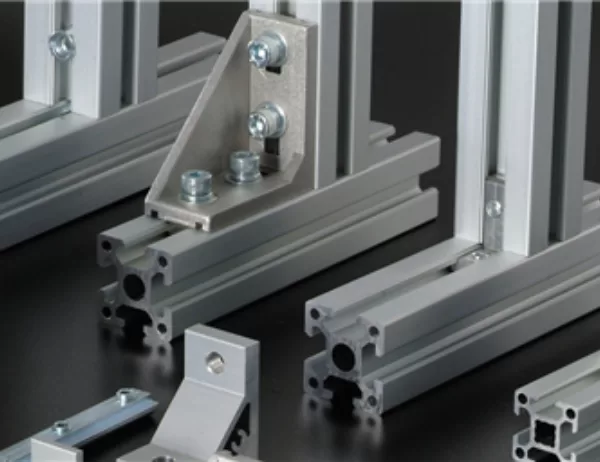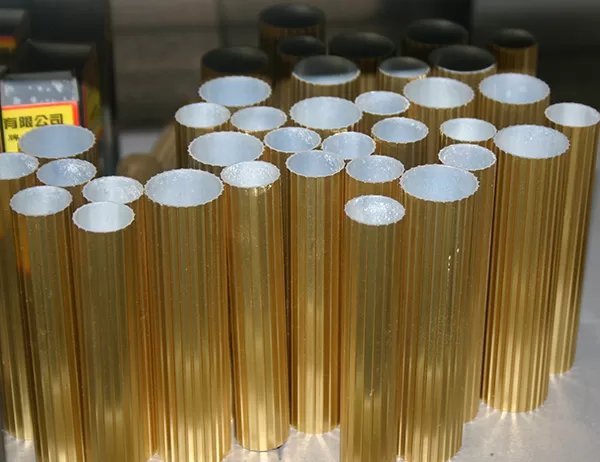Heat sinks are essential components in electronic devices, responsible for dissipating excess heat and ensuring optimal performance. Among the various materials used for heat sinks, aluminum stands out as a top choice due to its exceptional properties. This article explores the top 10 benefits of using aluminum heat sinks, providing insights into their advantages and applications.
Aluminum has an impressive thermal conductivity of approximately 237 W/mK, making it a highly effective conductor of heat. This property allows aluminum heat sinks to quickly absorb and dissipate heat from electronic components, ensuring efficient cooling and preventing overheating.
Aluminum is a lightweight material with a density of only 2.7 g/cm3. This makes aluminum heat sinks easy to handle and install, even in space-constrained environments. Additionally, aluminum exhibits excellent strength-to-weight ratio, providing high durability and longevity.
Aluminum forms a protective oxide layer on its surface when exposed to air, which renders it resistant to corrosion. This oxide layer prevents the formation of rust and other corrosive elements, ensuring the long-term performance and reliability of aluminum heat sinks in various operating conditions.
Aluminum is a highly malleable material that can be easily fabricated and machined into intricate shapes and complex geometries. This allows for the customization of aluminum heat sinks to meet specific design requirements, enabling effective cooling solutions for unique electronic devices.
Compared to other materials used for heat sinks, such as copper, aluminum is relatively inexpensive. Its abundance and ease of production contribute to its cost-effectiveness, making it an economically viable option for various applications, including consumer electronics, industrial machinery, and automotive systems.
Aluminum heat sinks can be designed with large surface areas to maximize heat transfer. This is achieved by incorporating fins, grooves, or other geometric features that increase the surface area exposed to air. By optimizing the surface area, aluminum heat sinks can dissipate heat more efficiently.
Aluminum exhibits a low coefficient of thermal expansion, which minimizes dimensional changes when exposed to temperature fluctuations. This stability ensures a consistent fit and performance of aluminum heat sinks, preventing damage to electronic components due to thermal stresses.
Aluminum is a recyclable material, making it an environmentally friendly choice for heat sinks. It can be recycled multiple times without losing its properties, reducing environmental waste and promoting sustainable practices in electronic manufacturing.
Aluminum heat sinks can be anodized in various colors to achieve a desired aesthetic appearance. This allows for the integration of heat sinks into visible areas of electronic devices, creating a visually appealing design while providing effective cooling.
Aluminum heat sinks are widely used in a diverse range of applications, including:
– Computer processors
– Power electronics
– Industrial machinery
– Automotive systems
– Aerospace components
– Medical devices
Their versatility makes aluminum heat sinks an indispensable component in electronics, ensuring optimal performance and longevity of electronic systems.




